This damage could be caused by two different things and without observing the plant over time it’s impossible to tell which, but we’ll explain both and perhaps you can sort out which problem you have. (Know that even for the experts, however, sometimes it’s hard to tell what is causing symptoms unless you culture the tissue in a lab and look at what grows under a microscope.)
This could either be a fungus or something environmental. By “environmental” we mean something that hit the leaves such as a cleaning product, liquid fertilizer, plant product such as a too strong fungicide etc. If this damage was caused by something dropping on, or being sprayed on, the leaves it won’t continue as long as that spraying/splashing has stopped. So one thing to do is to remove the worst of the leaves so you can better monitor the plant to see if more new spots appear. If they do not appear it’s likely that the problem was something environmental.
Fungal problems might continue to develop, however. These spots look awfully round for a fungal problem but some fungi do produce rather regular round spots so it’s possible. Most fungal problems are made worse, or promoted by, having wet foliage. So don’t mist the leaves of this plant. Again, clipping off the worst of the leaves might make it easier to monitor if the problem is still going on.
Bottom line is what should you do now, right? Even if you don’t know what is causing the situation here is how you can help your plant:
1. Citrus trees in pots appreciate a steady rate of fertilization. Give this plant a monthly dose of an organic fertilizer formulated for citrus trees.
2. Don’t spray the foliage with anything for awhile to allow things to settle down. No misting, no products to try and “help.”
3. If this plant has been in the same pot for more than two years transplant it into a slightly larger container with fresh potting mix, and don’t put any rocks/shards etc in the bottom of the pot or anything over the drainage holes.
4. Be sure the plant is in the brightest, sunniest place you have. You could also supplement with a gro-light if you wanted to. Be aware that many indoor plants lose their foliage at this time of year since there are fewer hours of daylight. This is normal.
5. Keep citrus evenly moist but not constantly wet. In other words, don’t let the plant completely dry out in between waterings but don’t let it sit in water either.
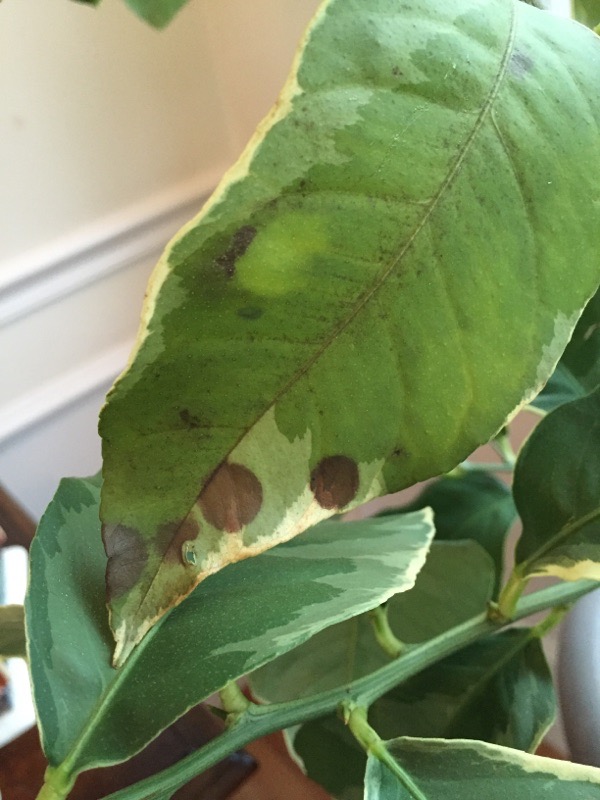
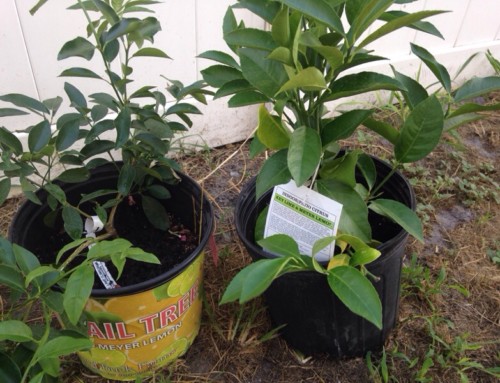
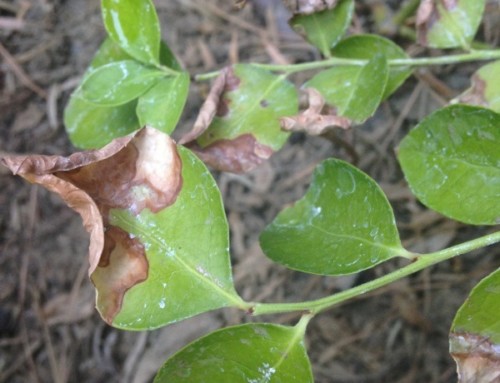
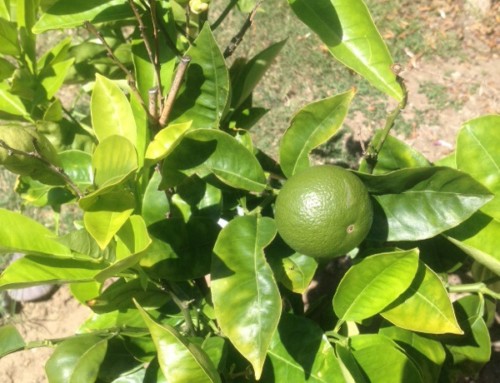
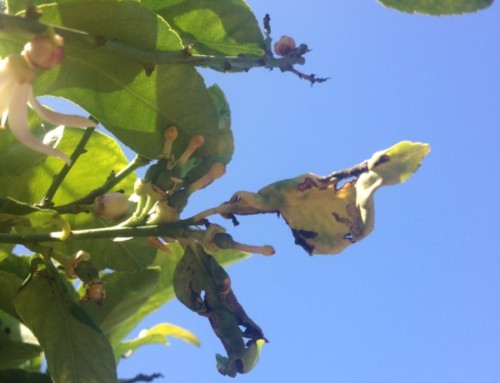
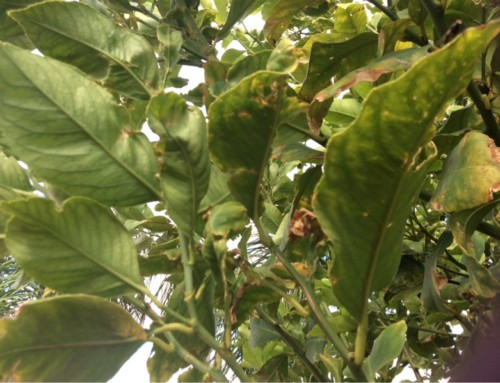
Leave A Comment